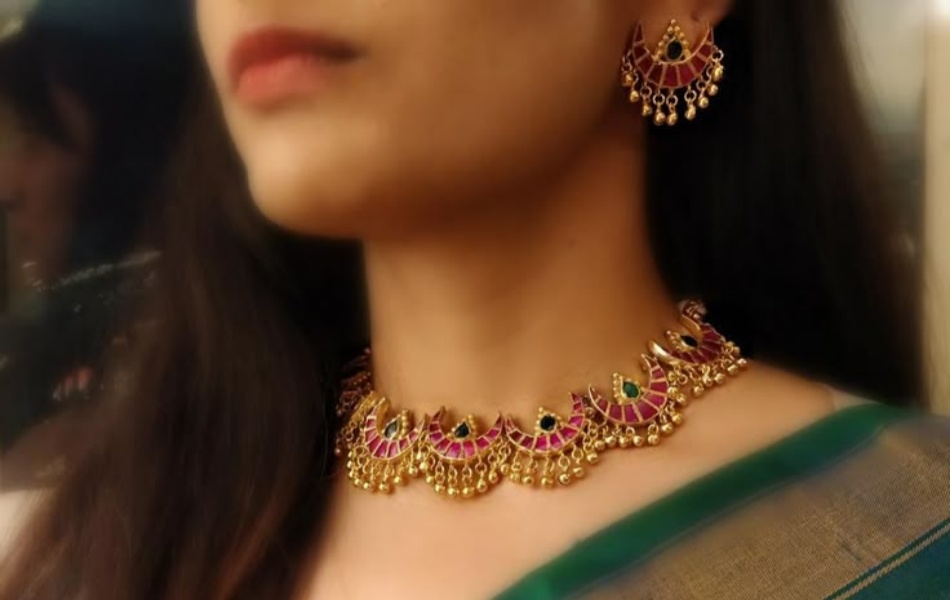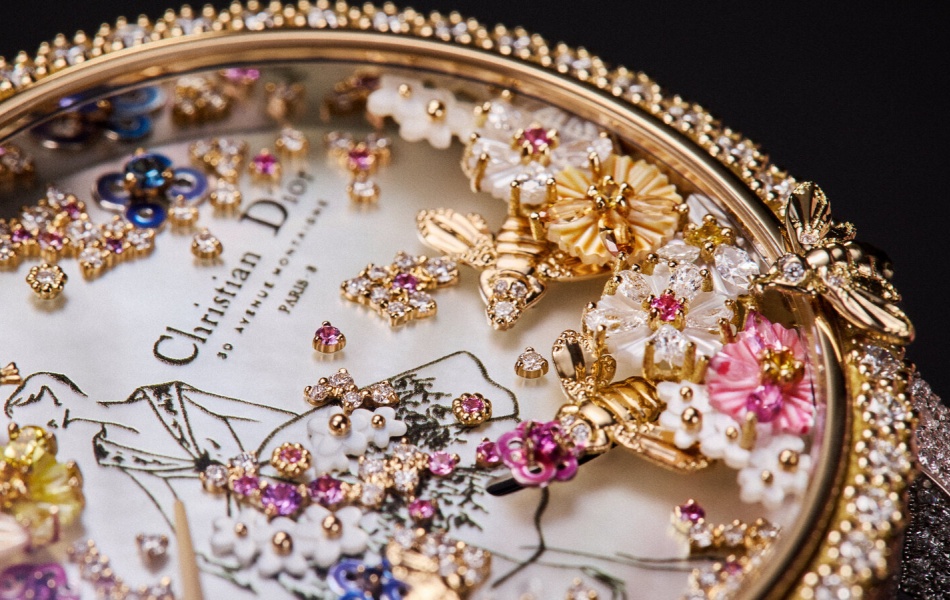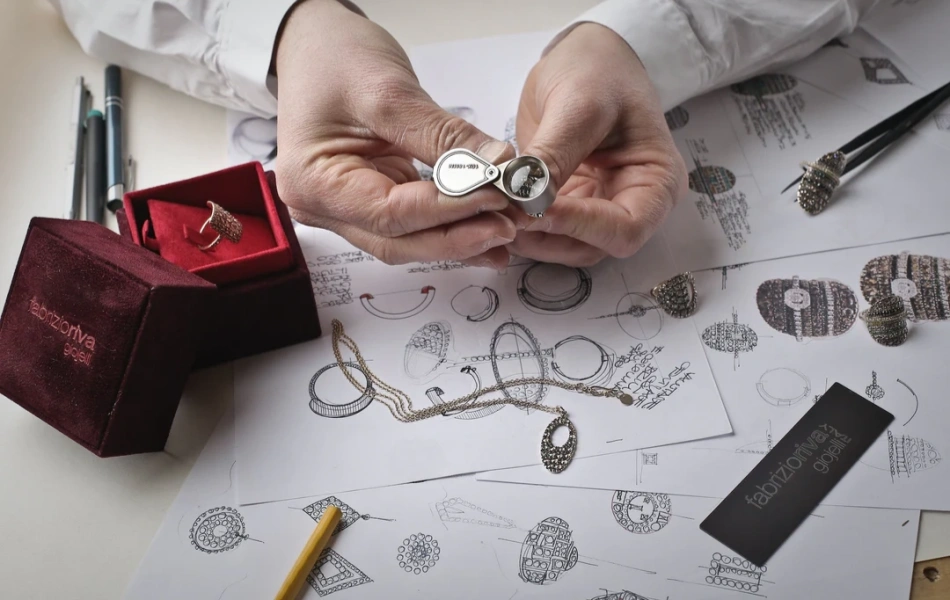- July 8, 2025 15,464 views

At the heart of ornamentalism lies the belief that beauty should not be an afterthought but an integral part of design. This philosophy encourages designers and artists to explore the interplay between form and function, ensuring that each decorative element serves a purpose while also enhancing aesthetic appeal. When considering ornamental design, think about how various elements can complement and elevate the overall look of a space or object. This might involve selecting intricate patterns, vibrant colors, or unique textures that resonate with the intended atmosphere.
Another key aspect of ornamentalism is its cultural significance. Throughout history, different cultures have employed ornamentation to convey stories, beliefs, and traditions. By studying various ornamental styles from around the world, you can gain a deeper appreciation for the rich tapestry of human creativity. Incorporating elements from different cultures into your own designs can create a sense of global connection and appreciation for diversity. This practice not only enriches your aesthetic choices but also fosters a greater understanding of the cultural narratives behind the ornaments.
When applying ornamentalism in your own projects, consider the balance between ornamentation and minimalism. While decorative elements can add depth and interest, overloading a design with too many features can lead to visual chaos. Striking the right balance is essential for creating harmonious compositions. Experimenting with different scales and placements of ornamental elements can help you find a visually appealing arrangement that maintains clarity and focus.
Sustainability is an increasingly important consideration in the realm of ornamentalism. As designers and consumers become more aware of environmental impacts, there is a growing emphasis on using sustainable materials and practices. When selecting decorative elements, consider sourcing locally produced items or using reclaimed materials. This not only reduces environmental impact but also adds a unique story to your design. By prioritizing sustainability, you can create beautiful spaces that reflect your values while also being mindful of the planet.
Engaging with ornamentalism also means embracing creativity and experimentation. Allow yourself the freedom to explore different styles, techniques, and materials. Whether you are designing a room, creating a piece of art, or even crafting jewelry, let your imagination guide you in incorporating ornamental features. This exploration can lead to unexpected and delightful results, ultimately enhancing your personal style and design sensibility.
Incorporating ornamentalism into your design approach can transform the way you perceive and create beauty. By understanding the principles of this philosophy, you can create spaces and objects that not only serve a purpose but also tell a story and evoke emotion. Embracing the decorative aspects of design allows you to celebrate creativity and craftsmanship in a world that often prioritizes functionality over aesthetics. This journey into ornamentalism promises to inspire and enrich your understanding of art and design.


